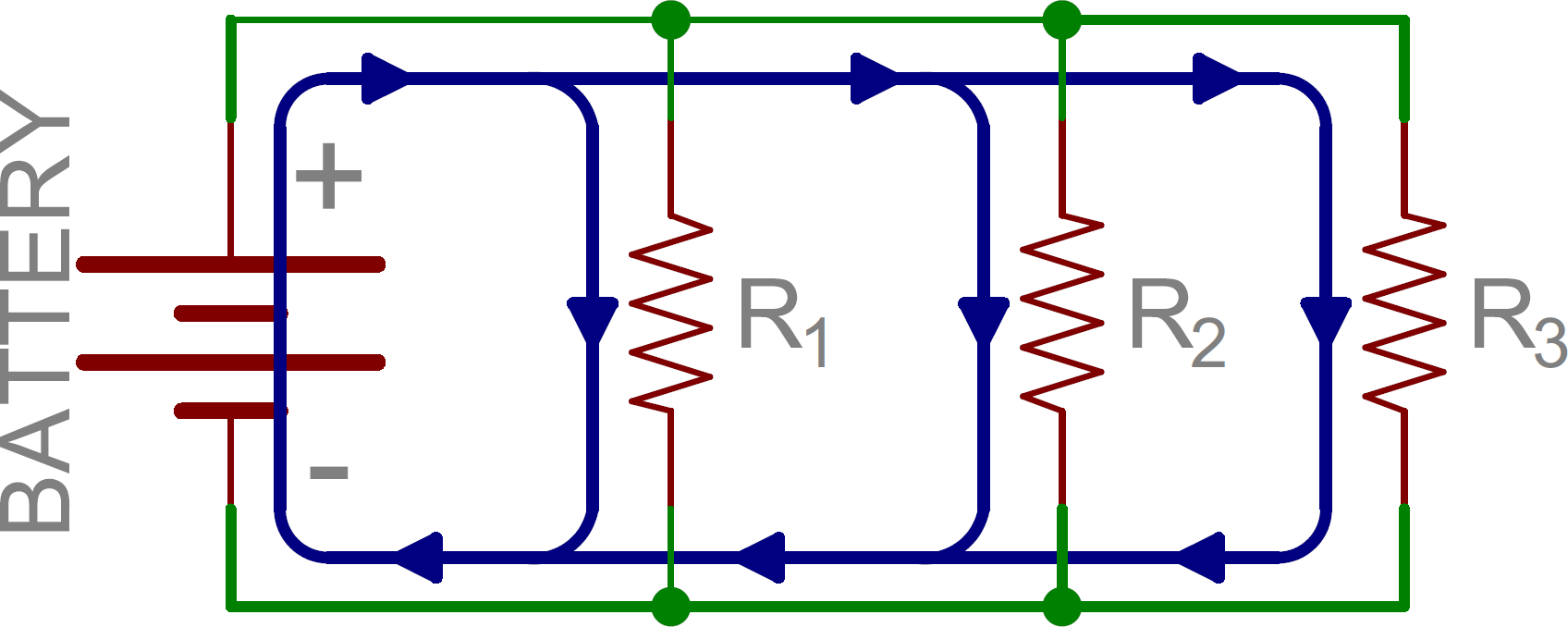Study Guide Series Parallel Circuits
Posted By admin On 10.01.20In this chapter, we will cover the following: 1. Parallel Circuit Definition 2. Voltage in Parallel Circuit 3. Current in Parallel Circuit 4. Resistance in Parallel Circuit 5.

Designing Parallel Circuits 6. Designing Parallel Circuits to Specification 7. Sources in Parallel 8.


Current Divider 9. Power Dissipation 10. Differences Between Series and Parallel Circuits It is imperative that you have a working knowledge of series circuits. If you haven't done so, go over Chapter 3 to learn about series circuits. One technique to increase current in a circuit is to place power sources in parallel.
Adding another voltage source in parallel to existing voltage sources will not increase total voltage (VT), rather, as stated above it increases the current. To increase total voltage, one must place the additional voltage source in series with the existing voltage source. Husqvarna 235 manual. When placing voltage sources in parallel, ensure that all the voltage sources have the same value. If the voltage sources in parallel are not the same value, there is a very high possibility that your voltage source/s will explode. For example, if V1 = 12V, then V2 and V3 must also be 12V.
Chapter 23 Study Guide Series And Parallel Circuits
Applications of series and parallel circuits Series circuits All mains operated appliances have switches that are connected to the live wire (the wire that carries current into the appliance). When a switch is in series with a device, it controls the device, allowing us to switch it on and off. For example, often lawnmowers have two switches in series with each other so that both switches need to be pressed before the mower will turn on. Parallel circuits Lighting circuits In the lighting circuit all the lamps are connected in. This means that the lights in each room can be switched on and off independently.
Study Guide Series Parallel Circuits Problems
Power ring The power ring circuit is also a parallel circuit. In the lighting circuit there is only one path for the current to each lamp but in the power ring circuit there are two paths for the current to each appliance. Because there are two paths, the current in the cables of a power ring circuit is less than those of a usual parallel circuit with only one path.